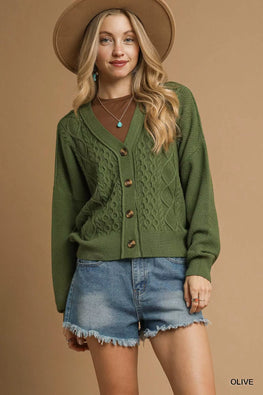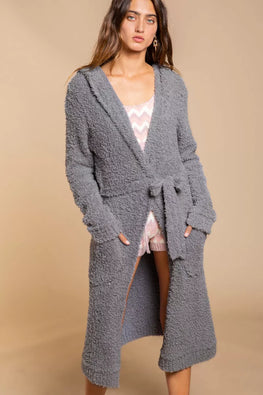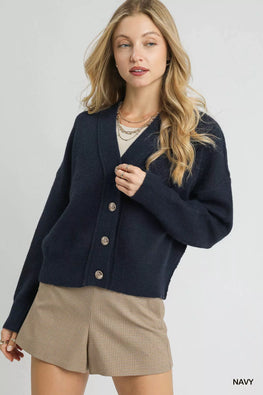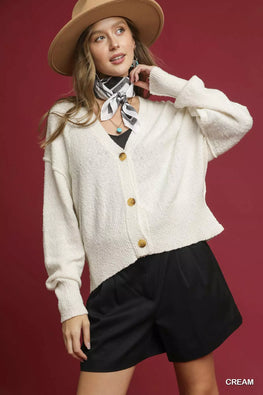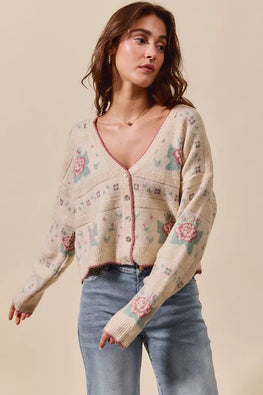Environmental Impact of Globally Adopted Fashion Movements

In recent years, the fashion industry has witnessed a surge in globally adopted fashion movements. These trends often emphasize sustainability, eco-friendliness, and conscious consumerism. However, as these movements gain popularity, it's important to understand their environmental impact and how consumers can make more informed choices.
Understanding Fashion's Environmental Footprint
The fashion industry is one of the largest contributors to environmental degradation, responsible for around 10% of global carbon emissions. From resource-intensive production processes to fast fashion's throwaway culture, the global adoption of new fashion trends can sometimes exacerbate these issues.
Key Environmental Concerns
- Resource Depletion: Many fashion trends prioritize aesthetics over sustainability, leading to the excessive use of natural resources. Denim products, for instance, require significant amounts of water for production. However, by choosing products like the Judy Blue Full Size Mid Rise Destroyed Hem Distressed Jeans, which focus on durability and timeless design, consumers can contribute to reducing resource depletion.
- Pollution and Waste: The fast fashion cycle encourages frequent disposal of clothing, contributing to pollution and waste. Sustainable products, such as the Judy Blue Full Size Mid-Rise Waist Skinny Jeans with Pockets, are designed to last, thus minimizing waste.
- Carbon Emissions: From manufacturing to transportation, every step in the fashion supply chain adds to carbon emissions. Opting for versatile and durable jeans like RISEN Distressed Frayed Hem Slim Jeans can play a role in reducing the overall carbon footprint of your wardrobe.
Sustainable Fashion Practices
Adopting sustainable fashion practices involves more than just purchasing eco-friendly products. It includes adjusting buying habits, embracing minimalist fashion, and supporting brands that prioritize sustainability.
- Choose products that combine style and sustainability, such as items from our Jeans Collection, which offers a range of durable and timeless denim options.
Conclusion
As consumers, the power to influence the fashion industry's environmental impact lies in our choices. By supporting sustainable brands and being mindful of our fashion habits, we can contribute to a more sustainable future.
Explore more fashion options and educate yourself on sustainable practices at Top Fashion HQ.
